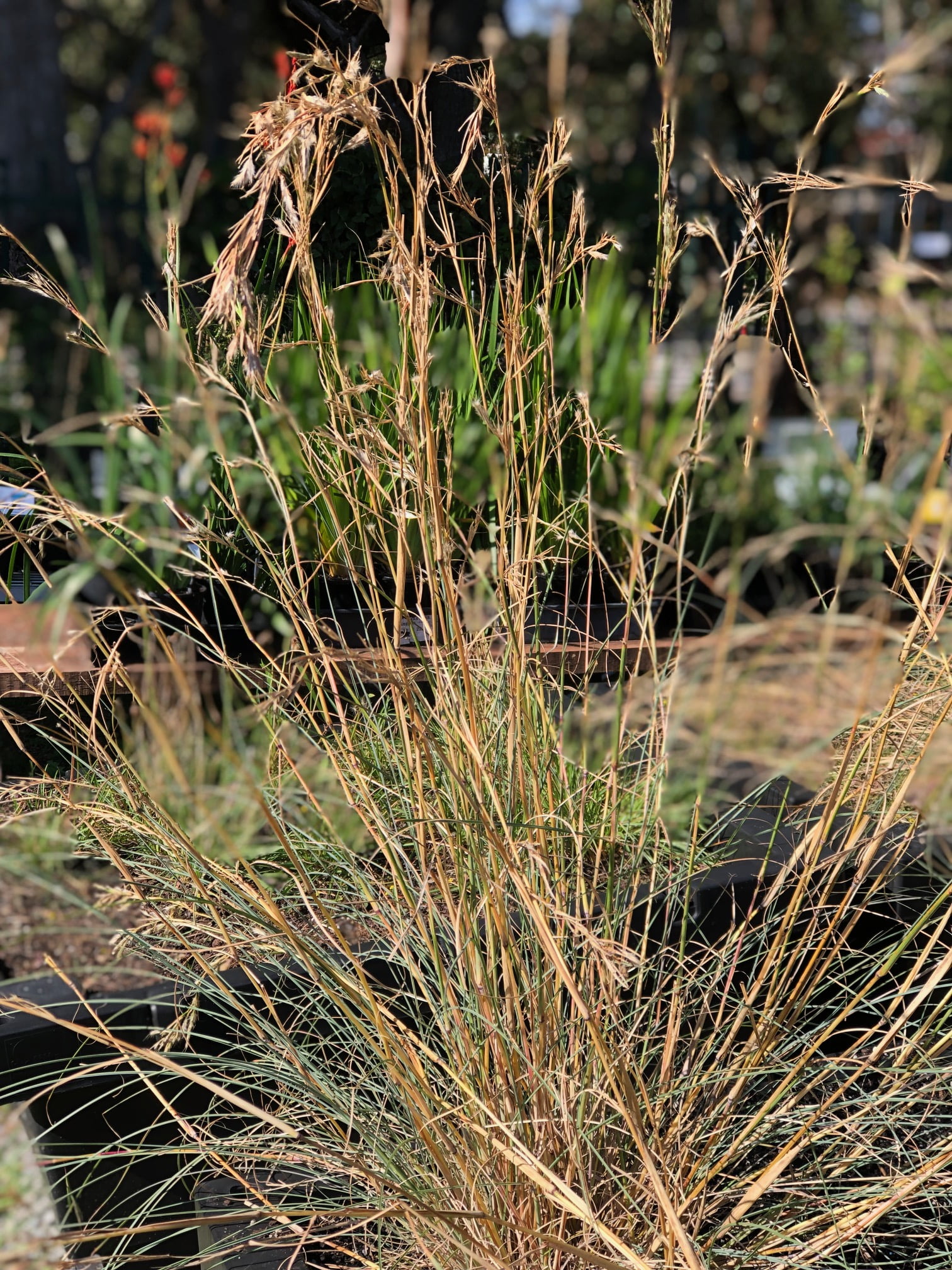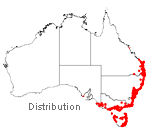
Cymbopogon ambiguus
Common name: Native Lemon Grass
I grow best: Clumping grass 2m
• Attracts birds, native bees and invertebrate creators
• Flowers spring, summer
• Well drained or sandy soils
• Cultural uses
• Eastern Suburb Banksia Scrub
Looks like: A great grassy plant for landscaping and for the home garden, Australian lemon grass is very easy care and hardy. It grows to around 2 metres high and wide, with whispy seed heads. It is drought and frost tolerant. Once established, cutting back the foliage will encourage fresh new growth. The leaves have a strong lemon scent when crushed, and can be used to make tea and for inhalation
Habitat & Distribution: It is common in the bushland surrounding Sydney and occurs from southern Queensland down the East Coast into Tasmania. This plant is found widely throughout Australia except in the cool temperate regions. A drought and frost hardy grass with narrow leaves and tall tufted flowers. It grows best in full sun and is commonly used in landscape design. The foliage has a strong lemon flavour when crushed, and is also used as a medicinal herb.
Distribution:

Traditional uses: The tea is good for relieving headaches, migraine and inflammation, and aboriginal people also used it for chest infections and skin sores. The stalks and leaves may be used in tea or as a fragrant flavouring ingredient in soups, curries, sauces, marinades and cakes. Their essential oils may be found in a variety of skincare and beauty products like shampoos, soaps, scrubs and moisturisers. As a medical herb, the leaves and roots of the Native Lemongrass can be combined with hot water as a steam inhalation remedy for colds and chest congestion. They may also be rubbed on the body to help treat aches, pains and skin sores. Recent research from Griffith University in New South Wales has confirmed that Native Lemongrass is comparable to aspirin in its effectiveness at treating headaches and inflammation.
